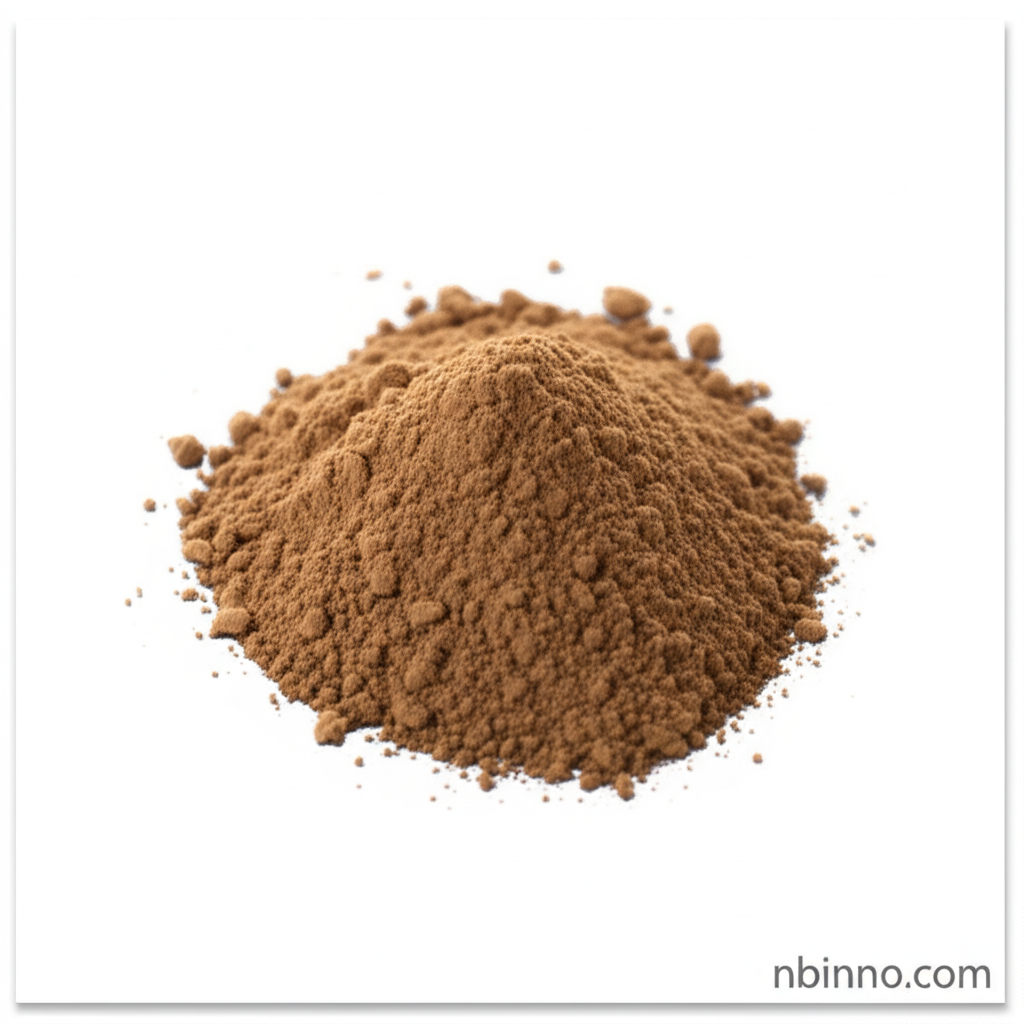3,3′,4,4′-Biphenyltetramine Tetrahydrochloride: Your Key Reagent for Advanced Staining
Unlock precise cellular visualization with our high-purity peroxidase substrate, essential for research.
Get a Quote & SampleProduct Core Value

Biphenyltetramine Tetrahydrochloride
This high-quality compound, identified by CAS 7411-49-6, is a critical component for researchers in various biological fields. Its primary function as a chromogenic substrate for peroxidase enzymes makes it invaluable for applications demanding precise visualization.
- Leverage Biphenyltetramine Tetrahydrochloride uses for enhanced immunohistochemical staining, ensuring clear and reliable results in your research.
- Utilize its properties as an analytical reagent for selenium determination, a crucial aspect in many biochemical analyses.
- Benefit from its role in tissue staining, providing a distinct colored precipitate upon oxidation for better cellular identification.
- Employ this chemical intermediate for biochemical research, facilitating the study of biological processes at the molecular level.
Key Advantages
High Purity and Consistency
Experience reliable and reproducible results with our high-purity Biphenyltetramine Tetrahydrochloride, an essential aspect of detailed biochemical research.
Versatile Application
This compound serves multiple purposes, from immunohistochemistry to being an analytical reagent for selenium determination, making it a versatile tool.
Enhanced Visualization
The ability to form a distinct colored precipitate upon oxidation makes it a top choice for accurate tissue staining in scientific studies.
Key Applications
Immunohistochemistry
Achieve clear cellular localization and detection of antigens with this essential peroxidase substrate, a key technique in understanding cell biology.
Peroxidase Substrate
As a chromogenic substrate for peroxidase enzymes, it enables the visualization of enzymatic activity in various biological assays.
Analytical Chemistry
Its use as a reagent for the spectrophotometric determination of selenium highlights its importance in quantitative chemical analysis.
Tissue Staining
Facilitates precise tissue staining, crucial for pathological diagnostics and research, by producing insoluble colored precipitates.
